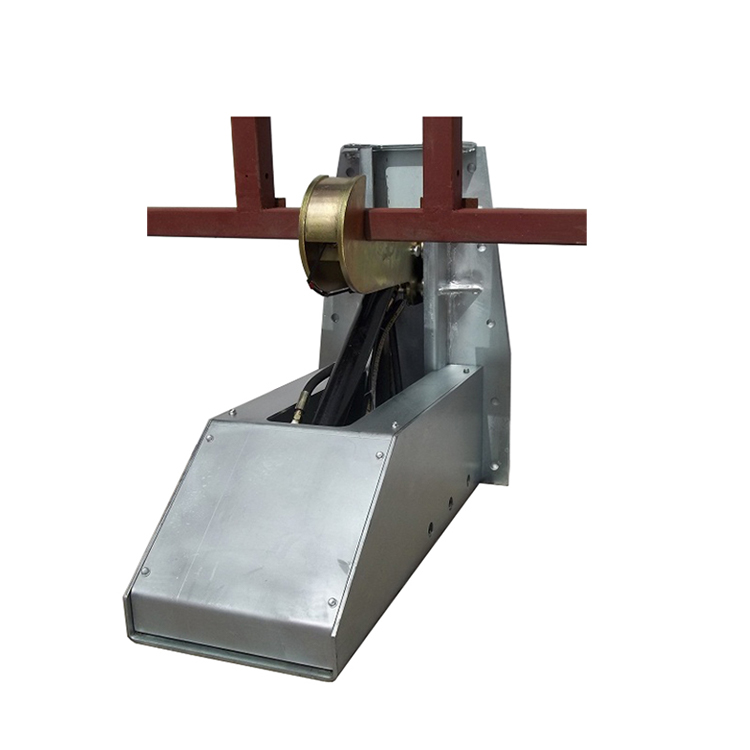
Vehicle restraints play a crucial role in ensuring road safety and preventing accidents on highways, bridges, and other transportation routes. These essential safety devices are designed to secure vehicles and prevent them from unintentionally leaving the roadway or colliding with barriers, pedestrians, or other vehicles. In this article, we explore their various benefits and applications.
Benefits of Vehicle Restraints
The implementation of vehicle restraints offers numerous benefits, including:
Reduced Collision Severity: By absorbing impact energy and redirecting vehicles away from potential hazards, vehicle restraints help minimize the severity of collisions, reducing the likelihood of injuries and fatalities.
Improved Traffic Flow: Vehicle restraints contribute to smoother traffic flow by preventing lane blockages and reducing the likelihood of secondary accidents caused by runaway vehicles.
Enhanced Infrastructure Resilience: By protecting transportation infrastructure from damage caused by vehicle collisions, vehicle restraints help extend the lifespan of roads, bridges, and other structures, reducing maintenance costs and enhancing overall resilience.
Applications of Vehicle Restraints
Vehicle restraints find extensive use in a variety of transportation settings, including:
1. Highways and Freeways: Along high-speed roadways, vehicle restraints are installed to prevent vehicles from veering off the road or crossing into opposing traffic lanes. These restraints typically consist of sturdy guardrails or median barriers designed to absorb impact energy and redirect errant vehicles safely back onto the roadway.
2. Bridges and Overpasses: On bridges and overpasses, vehicle restraints are essential for protecting motorists and pedestrians from the risk of falls or collisions. Barrier systems installed along the edges of bridges help prevent vehicles from plunging off the structure, while pedestrian barriers ensure the safety of foot traffic.
3. Work Zones and Construction Sites: In work zones and construction areas, temporary vehicle restraints are erected to create a safe buffer between moving traffic and construction activities. These restraints, often in the form of concrete barriers or crash cushions, help minimize the risk of accidents and protect workers and equipment from collisions.
Vehicle restraints are indispensable components of transportation infrastructure, playing a vital role in safeguarding road users and preventing accidents. From highways and bridges to work zones and construction sites, these safety devices provide essential protection against the inherent risks of vehicular travel. As advancements in engineering and technology continue to drive innovation in vehicle restraint systems, their effectiveness and reliability in enhancing roadway safety will only continue to improve, ensuring safer journeys for all.
